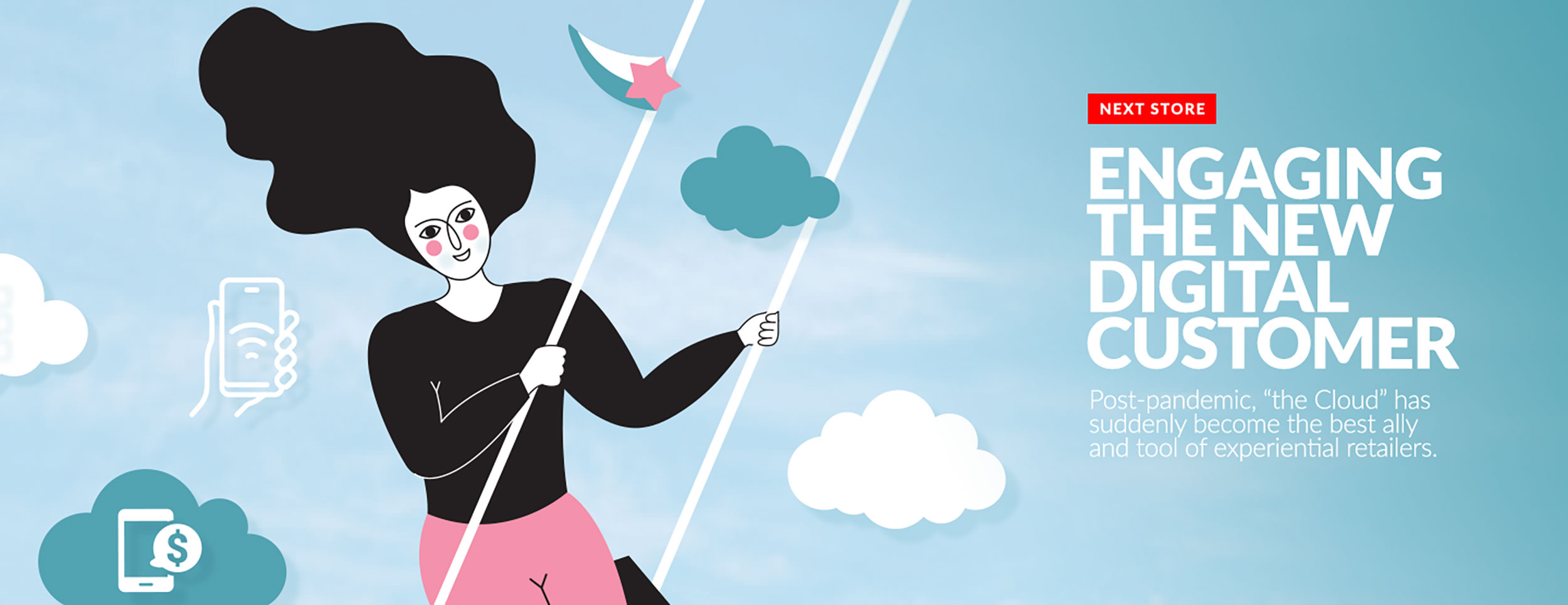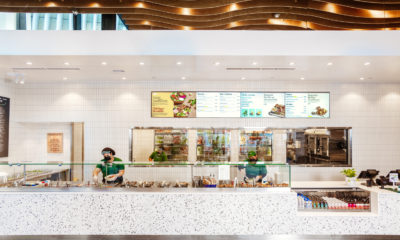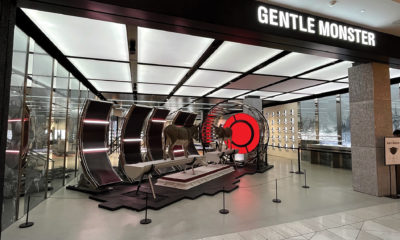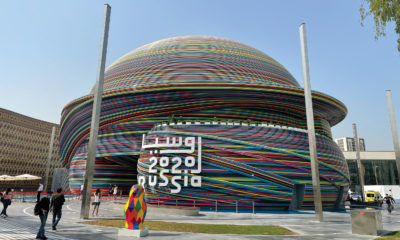NOT THAT MANY years ago, during an awards ceremony at the International Retail Design Conference (IRDC), there was an audible gasp from the audience when VMSD magazine named Amazon as its 2017 VMSD/Peter Glen Retailer of the Year. It’s interesting how time and a pandemic has shifted all of that thinking to the present, where Amazon Web Services (AWS) is viewed not a foe, but as an enabling friend. And retail could really use all of the friends it can get right now!
Amazon is now the globe’s second largest retailer and, like it or not, it has shown everyone a few things we need to pay attention to if this “great reset” is to work. I’m not talking about Amazon Go or Fresh per se, but more importantly the cloud computing division known as AWS. Yes, the same division that the now future Amazon CEO Andy Jassy comes from and replaced the iconic Jeff Bezos just last month. And did you ever think as an industry we’d extend our discussion beyond visuals, displays and store design to include cloud computing and artificial intelligence? Well, that’s what this column has been heralding for years – that the “Next Store” isn’t your “Dad’s store.” It’s about true digital innovation, and it takes a mega-organization to drive change to an increasingly challenging customer.
Cloud computing is Amazon’s primary profit driver and ended 2020 with more than $13.5 billion in operating profits. That translated into approximately 63 percent of the entire company’s operating profit for the year. Its big competitors are Google and Microsoft, so you understand the playing field is all about serious business. All of this means that Amazon has placed itself at the center of retail innovation, and it has the observations that will drive the way we design and think about the customer journey for a long time.
So who’s using cloud technology to change the customer experience now? Have you been reading about the cashierless “Just Walk Out” tech that Hudson is using? Real-time, personalized product recommendations on StockX? And what about those brands you would think hate Amazon and see them as a formidable competitor? Well, reset your thinking to recognize that Best Buy, Zulily, J.Crew, Petco, and even Instacart, are driving with AWS running the show.
Has Amazon, of all companies, become an enabler? Tom Litchford, Head of Worldwide Retail at AWS, reminds us that Amazon Retail is just another customer. Thus, the services it develops are primarily for retail customers or the consumer business online. Tom relates a story that when Amazon Go began working with AWS, its business goal was to eliminate checkout lines. That, in turn, lead to AWS developing computer vision technologies that take feeds from all of the in-store cameras and run analytics on customer behavior, including picking up items and placing them into a basket. That all led to the aforementioned “Just Walk Out” business unit (JWO) that Hudson and CIBO Express utilize in airport locations.
Whole Foods is now testing an innovation in Seattle-area locations that lets a shopper check into a store using the palm of their hand versus the app protocols that sadly led to customers focusing on their mobile devices instead of our well-crafted displays. It’s called Amazon One and, after a fast sign-up process, it allows the customer to hover their palm over a reader. If you’re worried about your biometric data being stored, you can easily delete it on a website afterwards.
Think about not having to touch those dirty pin-pads ever again. This is an example of the fact that today’s time-focused customer’s two-minute attention span means they don’t want to wait endlessly in a queue. Giving up data seems to be the tradeoff for convenience. I love this for retail as it now opens so many possibilities to keep customers looking and shopping and not worried about lines. (Imagine using this one day to shop a wall graphic or window display to instantly buy product and have the items delivered by drone.)

Another retail-experience-friendly component coming into play is called Amazon Personalize. This uses machine learning to develop personalized solutions like real-time product recommendations. You’ve likely seen this at play in your own personal life when searching for an item online and then you begin seeing ads and even emails from suppliers. What kind of impact could this have for VM professionals with apparel displayed on mannequins, for instance? What if you had data that showed you what’s trending in the DTC model (direct-to-consumer). With digital signage, imagine your client has signed in or the app picked them up in store and the signs run suggestions. Remember Tom Cruise’s character in “Minority Report” going into Gap and the digital signage responding to him? Well, it’s here. How many of you use voice controls in your car, mobile device or on your TV? That, too, is part of the offer via Amazon Lex. Expect to see developers at play with this and impacting experience.
Examples abound in our world that we need to pay attention to now, not in the future. How many of you are working with virtual flagships and stores? Check out Obsess and what they’ve done for Polo Ralph Lauren, Coach, Charlotte Tilbury or Party City, to name a few. Is there a whole new business to design “virtual stores” where displays hold surprises and store journeys test new display techniques? This is why so many of you hear me speak about the importance of BIM models and a Revit-based strategy to ensure you’re building a digital-rich foundation for all journey types. It’s not just about designing for in-line stores!
After 40 years in retail, 13 of them spent at Microsoft and the NRF, Litchford knows that “retailers today have not done a good job of understanding consumers and how the technologies they use change their shopping habits.” He promotes what he calls “the culture of experimentation.” I think these words describe the very nature of what makes a next store relevant and one that will define customer space going forward. So next time you’re online, think of what’s powering your experience and how to incorporate the UX into your own creative endeavors.


 Photo Gallery1 week ago
Photo Gallery1 week ago
 Headlines2 days ago
Headlines2 days ago
 Headlines1 week ago
Headlines1 week ago
 Headlines1 week ago
Headlines1 week ago
 Designer Dozen2 weeks ago
Designer Dozen2 weeks ago
 Headlines1 week ago
Headlines1 week ago
 Designer Dozen6 days ago
Designer Dozen6 days ago
 Headlines1 week ago
Headlines1 week ago






















